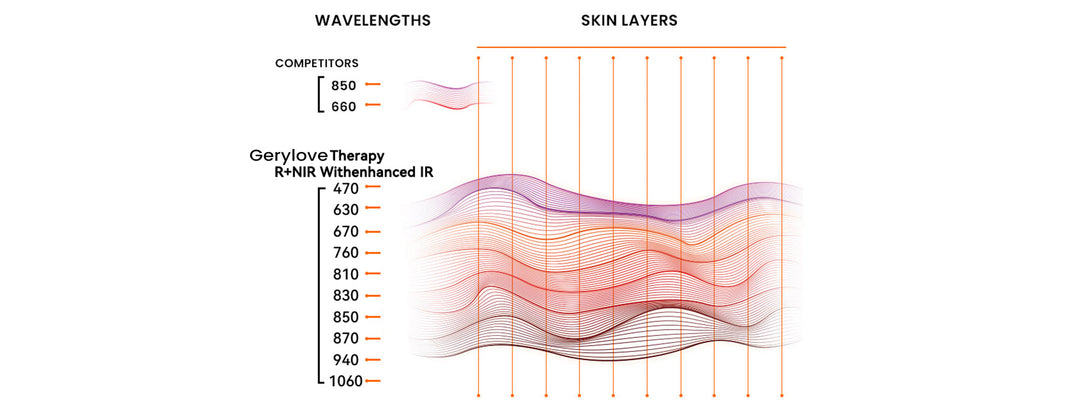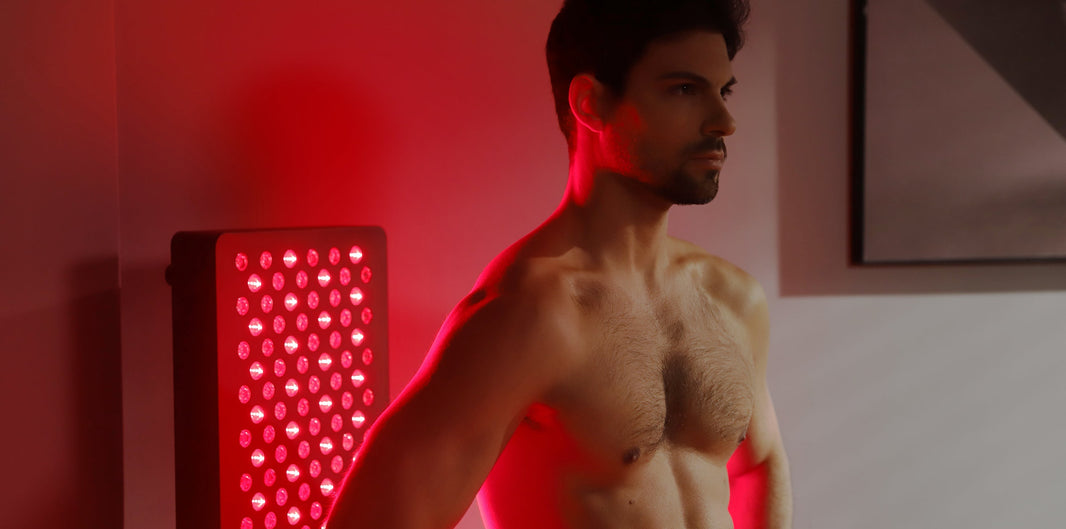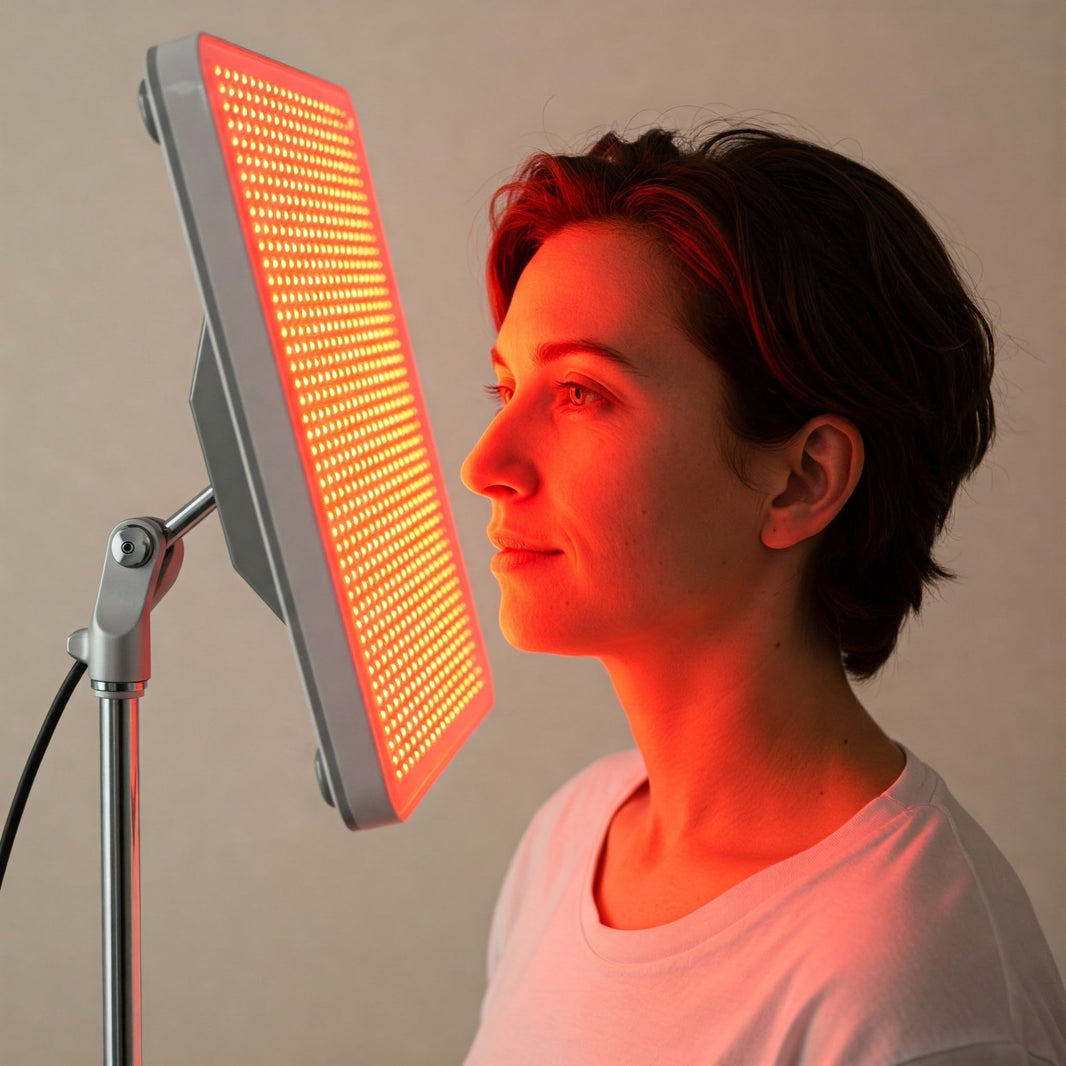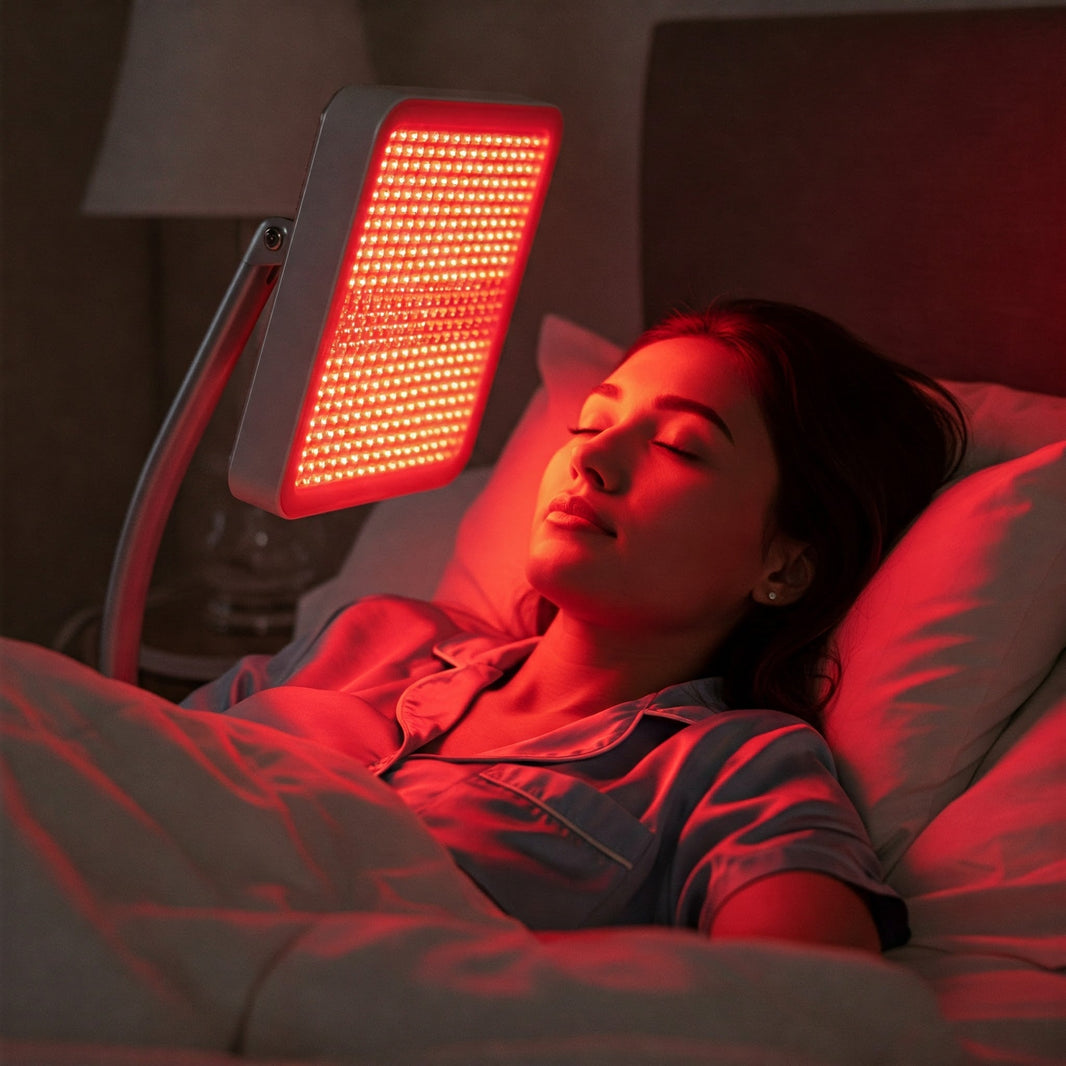The quest for effective weight loss solutions is a constant pursuit for many. In recent years, red light therapy (RLT), also known as photobiomodulation (PBM), has gained attention for its potential health benefits, including claims of aiding in weight loss. But does science support these claims? This article explores the current evidence surrounding red light therapy and its effects on weight.
Understanding Red Light Therapy
Red light therapy involves exposing the body to low levels of red and near-infrared (NIR) light. These specific wavelengths of light penetrate the skin and interact with cells, particularly the mitochondria, which are responsible for cellular energy production (ATP). This stimulation is believed to trigger various biological processes that could potentially influence weight management.
The Potential Mechanisms of Red Light Therapy for Weight Loss
While the research on RLT for weight loss is still ongoing, several potential mechanisms have been proposed:
· Fat Cell Reduction: Some studies suggest that RLT can cause fat cells to release their lipid (fat) content, shrinking the cells and potentially leading to a reduction in fat tissue. It's important to note that this doesn't necessarily mean overall weight loss, but rather a reduction in localized fat deposits.
· Improved Metabolism: RLT may stimulate cellular metabolism, potentially increasing energy expenditure and contributing to calorie burning. However, more research is needed to confirm this effect and its significance for weight loss.
· Reduced Inflammation: Chronic inflammation can be linked to weight gain and difficulty losing weight. RLT has been shown to have anti-inflammatory effects, which could indirectly support weight management efforts. [This review discusses the anti-inflammatory effects of photobiomodulation: https://www.ncbi.nlm.nih.gov/pmc/articles/PMC5523874/]
· Hormonal Balance: Some preliminary research suggests that RLT might influence hormone levels related to appetite and metabolism. However, this area requires further investigation.
What Does the Research Say?
While some studies have shown promising results for RLT in reducing localized fat and improving body contouring, the evidence for significant overall weight loss is limited. Many studies are small-scale and further research with larger sample sizes and rigorous methodologies is needed to draw definitive conclusions.
It's crucial to understand that RLT is not a magic bullet for weight loss. It should not be considered a standalone solution but rather a potential complementary therapy that may support other weight loss strategies, such as a healthy diet and regular exercise.
Important Considerations:
· Focus on Lifestyle Changes: The most effective and sustainable way to lose weight is through a combination of a balanced diet, regular physical activity, and healthy lifestyle habits.
· RLT as a Potential Support: RLT may potentially offer some additional benefits, such as localized fat reduction and improved body contouring, but should not be relied upon as the primary method for weight loss.
· Consult a Professional: If you have concerns about your weight or are considering using RLT for weight management, it's essential to consult with a healthcare professional or a registered dietitian. They can provide personalized advice and guidance based on your individual needs and health status.
· Device Quality and Usage: If you choose to try RLT, ensure you are using a high-quality device from a reputable manufacturer and follow the instructions carefully.
Conclusion:
The research on red light therapy for weight loss is still in its early stages. While some studies suggest potential benefits for localized fat reduction and other related factors, more robust research is needed to determine its effectiveness for overall weight loss. It's crucial to maintain realistic expectations and prioritize proven weight loss strategies, such as diet and exercise. RLT may be a helpful supplementary tool for some, but it should not replace established weight management methods.






